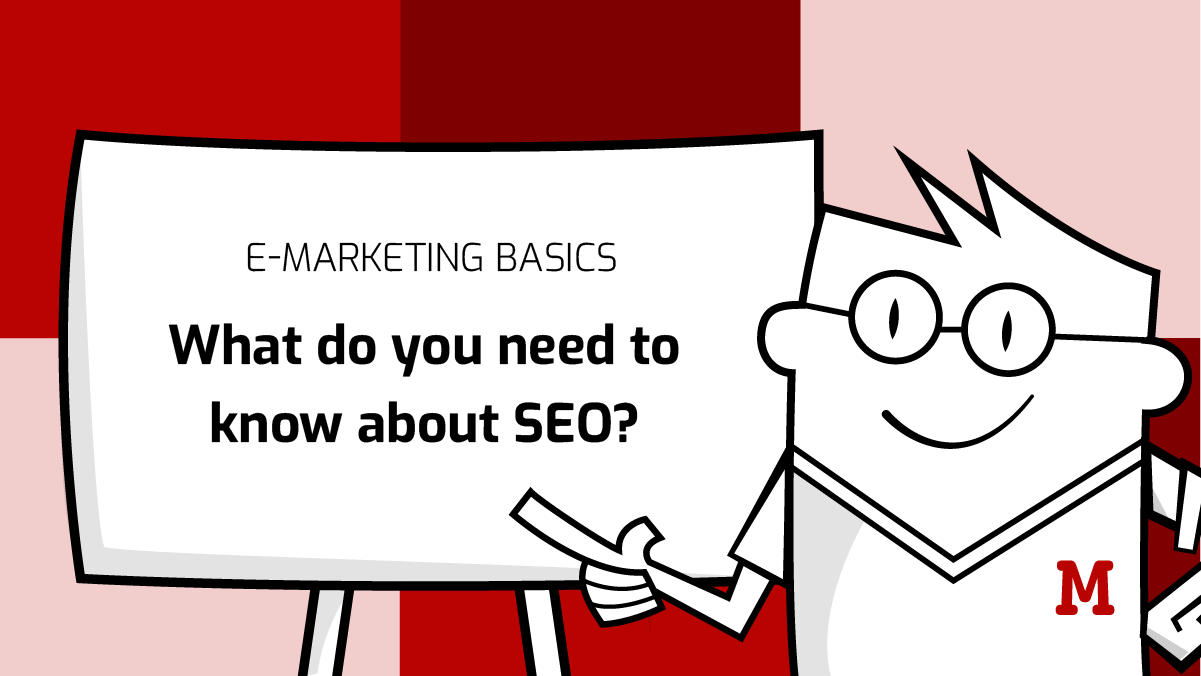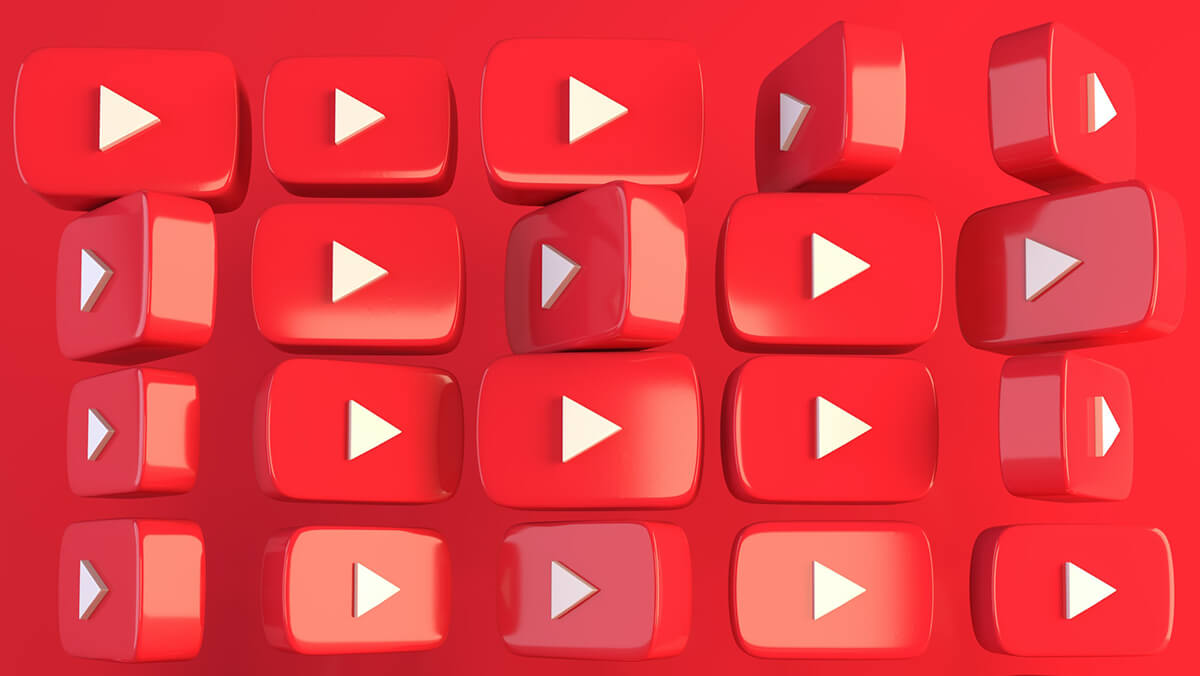What do you need to know about SEO?

49% of shoppers say they use Google to discover or find a new item or product. That’s why, in short, you should take care of the positioning of your website on Google. This way, you can attract more customers, close more deals, and sell more products. However, to achieve that goal, you need SEO. And that’s what we want to discuss today.
The SEO acronym stands for search engine optimization. It’s an online marketing technique that aims at adjusting your website and its content to the search engine’s requirements. The vast majority of SEO activities are focused on fulfilling Google requirements as, by far, that’s the most popular search engine today:
Search engine optimization – three pillars
In general, we can say that SEO is threefold. Of course, there can be tens of different tactics that you can apply as a part of your SEO strategy, but most of them will fall into one of these three boxes, and these are:
- Website optimization
- Content creation and optimization
- Link building
Let’s have a closer look at these three elements.
WEBSITE OPTIMIZATION
Google, as well as its users, have specific expectations towards websites that are presented in the SERP (search engine result page). Some of these expectations refer to the way your website works and interacts with the user. That’s why at an early stage of your SEO activity, you need to take care of your website’s code and optimize it. Why? For a few reasons:
- Websites with optimized code load and function much faster than non-optimized websites. That’s crucial because some time ago, Google introduced new guidelines known in the SEO industry as Core Web Vitals. There are three of them, and they show what you need to aim for when it comes to the functioning of your website. We’ll talk about CWV in a minute.
- Optimized websites work flawlessly on different devices, including mobile ones. Again, that’s immensely important because Google indexes mobile versions of websites, not desktop ones (that’s so-called mobile-first indexing).
- Lastly, optimized websites are simply better to view and use, meaning your users will be more eager to spend more time on your website, thus lowering the bounce rate (read more about that in our article about marketing metrics).
Core Web Vitals
As we’ve already mentioned, there are three of them:
- LCP (Largest Contentful Paint): It’s a metric showing the load time of the largest image or text block visible in the viewport. To simplify, we can say it’s the load time of the main page. The ideal load time is below 2.5 seconds.
- FID (First Input Delay): That’s the time your website needs to respond to the first activity of the user; it informs about the interactivity of your website. Here, everything below 100 ms is good.
- CLS (Cumulative Layout Shift): It focuses on the stability of your website, mainly if there are any displacements during the loading of the website. The ideal CLS indicator is below 0.1.
You have to optimize your website’s code to fulfill the CWV requirements.
CONTENT OPTIMIZATION
Your website’s content also has to be optimized. First off, every text on your website has to be unique; Google doesn’t accept plagiarized content. Secondly, you have to make sure that texts that you publish (including blog posts, subpages, news, product and service descriptions, etc.) are useful from the reader’s perspective. Google wants to direct its users to websites that are helpful and offer valuable information. Make sure your website does just that.
Lastly, when it comes to content optimization, you have to think about the text’s structure and keywords. Although keyword stuffing no longer works, keywords are still important as they help Google bots discern what a specific text or page is all about. Keywords should be relevant (compliant with the topic that you write about) and evenly distributed throughout the whole piece.
Headings are also important. For starters, they make the text more readable and clear, and secondly, Google bots also pay attention to them. The most important headings are:
- H1 (usually, that’s the title)
- H2 (main heading)
- H3 (subheading)
Of course, there can be more headings (they go up to H9), but typically, you need just the first three. Additionally, each text should have something called metadata – meta title and meta description. These are small pieces of text explaining what your article is all about. Metadata is displayed in Google search results; just like that:
When it comes to content, you have to keep two rules in mind:
- Write regularly – this way, you show that your business is active and you are consequent in your actions.
- Think about the readers – make sure your texts are exhaustive and useful.
If you want to read more about SEO in content marketing, read the linked article on our blog.
LINK BUILDING
The last element you have to consider is related to getting more links leading to your website. It’s so-called link building. The key to success lies in selecting only high-quality websites that are somehow related to what you write about or what you offer. Getting incoming links is far easier when you can give something in return, e.g., a valuable guest post. Look for websites that are appreciated in your and related sectors, reach out to their owners and offer to write guest posts in exchange for links to your website.
Surely, it takes some work, but believe us, two high-quality links are worth far more than ten worthless ones. SEO is about quality first; quantity is second.
Summary: Start optimizing your website today
Undoubtedly, SEO is a long-term strategy. But you don’t have to do everything at once. Start by optimizing your internal resources – the website’s code and texts. There are tools that can help you with that. If you have a website on WordPress, you can opt for a free SEO tool called Rank Math. It will help you optimize your texts and make your website more SEO friendly. If you’re after something more advanced, especially when it comes to content writing, consider using Surfer SEO or Contadu. These two tools are also immensely important, although they are paid.
And don’t feel discouraged; it’s better to do SOMETHING than do nothing regarding SEO. Do as much as possible and increase your efforts as time and resources allow you.



